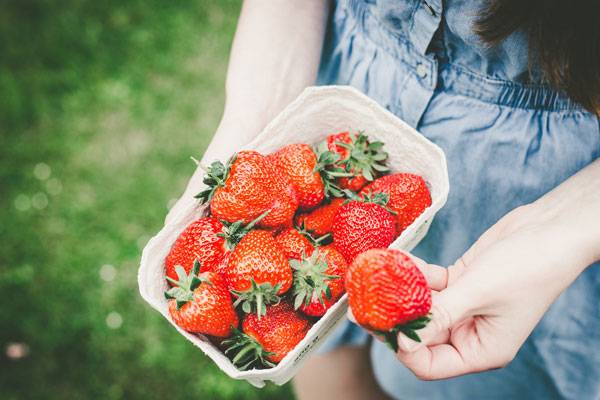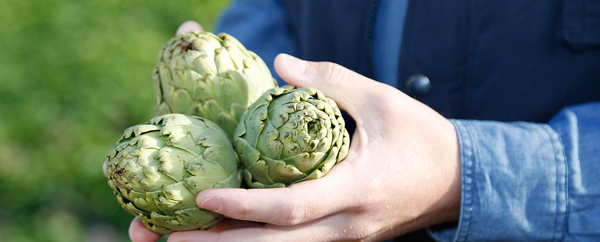Properties of the strawberry
Strawberry is one of those fruits that we can find practically all year round, but it is during the spring when it is at its best and we should take advantage of it. Loved as much for its colour as for its flavour, it is a very pleasant fruit that will perfume its surroundings with its very special scent.
fresh food
Share

Its origins
The strawberry has its origin in the wild forests of Europe and America, which is why many include it as a fruit of the forest, a group that comprises currants, raspberries, blackberries, blueberries and wild berries. The first cultivations we know about were in the 14th Century, when the French court began to plant them by order of the royal family. Later their cultivation was introduced in other parts of Europe, above all in England.
With industrial development, new varieties began to develop, the result of crosses between European and American strawberries, finally giving rise to our present-day strawberries.
They are typical in humid areas with temperate climates, and they have their origin in the plant of the fresal, a plant that belongs to the family of Rosaceae and the genus Fragaria. Contrary to common belief, strawberries are not the true fruit of the strawberry plant, but rather the fruit is those little seeds that appear on its surface.
More than 1000 varieties are known throughout the world, among which we can single out the European strawberry, for its small size, delicacy and sweet taste; The American strawberry, larger and stronger, but less sweet; And forest strawberries, which because of their wild origin are the most expensive and difficult to find.
Its colour and flavour make it a very versatile fruit in the kitchen, especially in confectionery, but it is also ideal for natural remedies because of its great nutritional and therapeutic qualities.
In Spain, the province of Huelva is the most specialised in the cultivation of strawberries and its production represents more than 65% of national volume. The region of Maresme in Barcelona, as well as the areas of Valencia and Extremadura, are other regions with important strawberries.

Nutritional value of strawberries
When buying strawberries, we must keep in mind that it is an easily perishable fruit and we should not let many days go by before eating them. Its best period of consumption extends from March to July.
They have a lot of water (85%) and are also very low-calorie foods, containing only 30 kcal per 100 g, so they are highly recommended for those who are following a weight loss diet.
In addition, they are a great source of carbohydrates (fructose, glucose and xylitol), also provide fibre and have enormous antioxidant powers. Their content in vitamin C and citric acid is high and they contain, to a lesser extent, vitamins A, E, B1, B2 and B6, as well as potassium, magnesium, phosphorus, iron, iodine and calcium.
They’re good for your health!
The substances obtained from strawberries are very beneficial to our health. One of the most important is vitamin C, which has great antioxidant power and strengthens the immune system.
Due to their high water content, they also have diuretic properties, which are highly recommended for people who are following a slimming diet or suffering from illnesses associated with fluid retention, such as hypertension, hyperuricemia or gout.
On the other hand, strawberries contain salicylates, very beneficial salts that prevent cardiovascular diseases due to their anti-inflammatory and anticoagulant action. However, anyone who is allergic to salicylic acid should take particular care because of the high amount of this element in strawberries.
Finally, strawberries are highly recommended for pregnant women because they have a significant amount of folic acid, a compound that favours cell multiplication which takes place in the first months of gestation. In addition, it helps prevent the appearance of spina bifida in the baby.
A very versatile fruit
Strawberries can be consumed in many ways: on their own, in juices, slushies, or accompanied by orange juice. And if we’re looking for something sweeter, we can use them to make pies, creams, preserves, ice cream and even as a garnish for meats.
Buying and storage tips:
• Choose the containers with the best specimens: thick, shiny and fresh looking.
• If they are ripe, then consume them immediately and if not, keep them for a maximum of five days.
• Store them in the refrigerator or in a cool, dark and well-ventilated place, as spread out as possible so they do not spoil.
• Before consuming them, wash them well and remove the green part.
• Avoid handling them excessively and leaving them to soak, as this makes them lose their juice.







